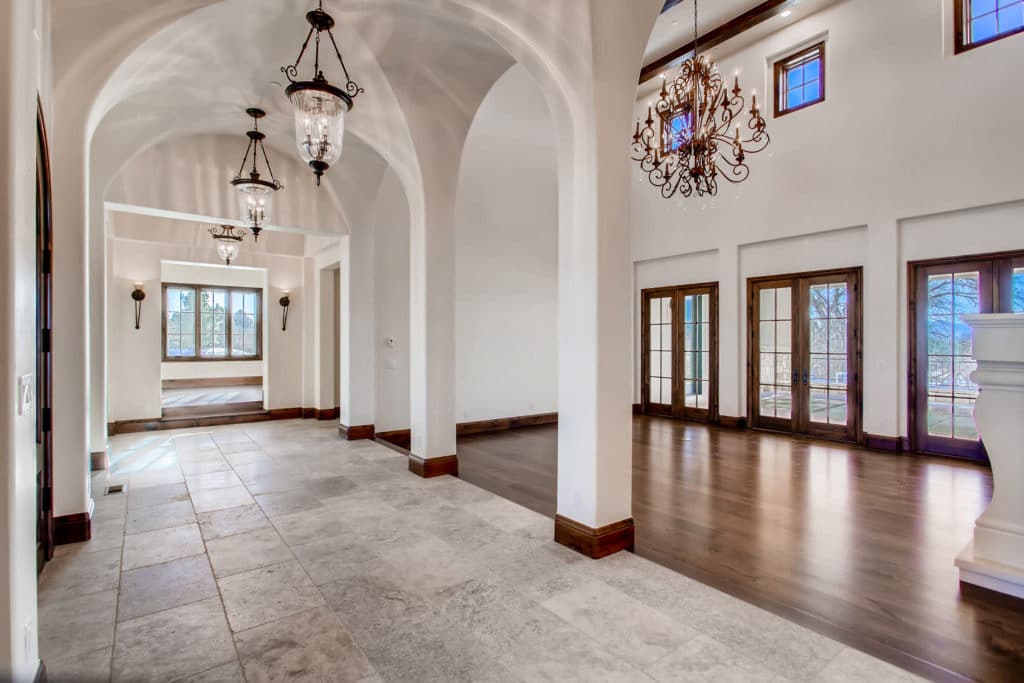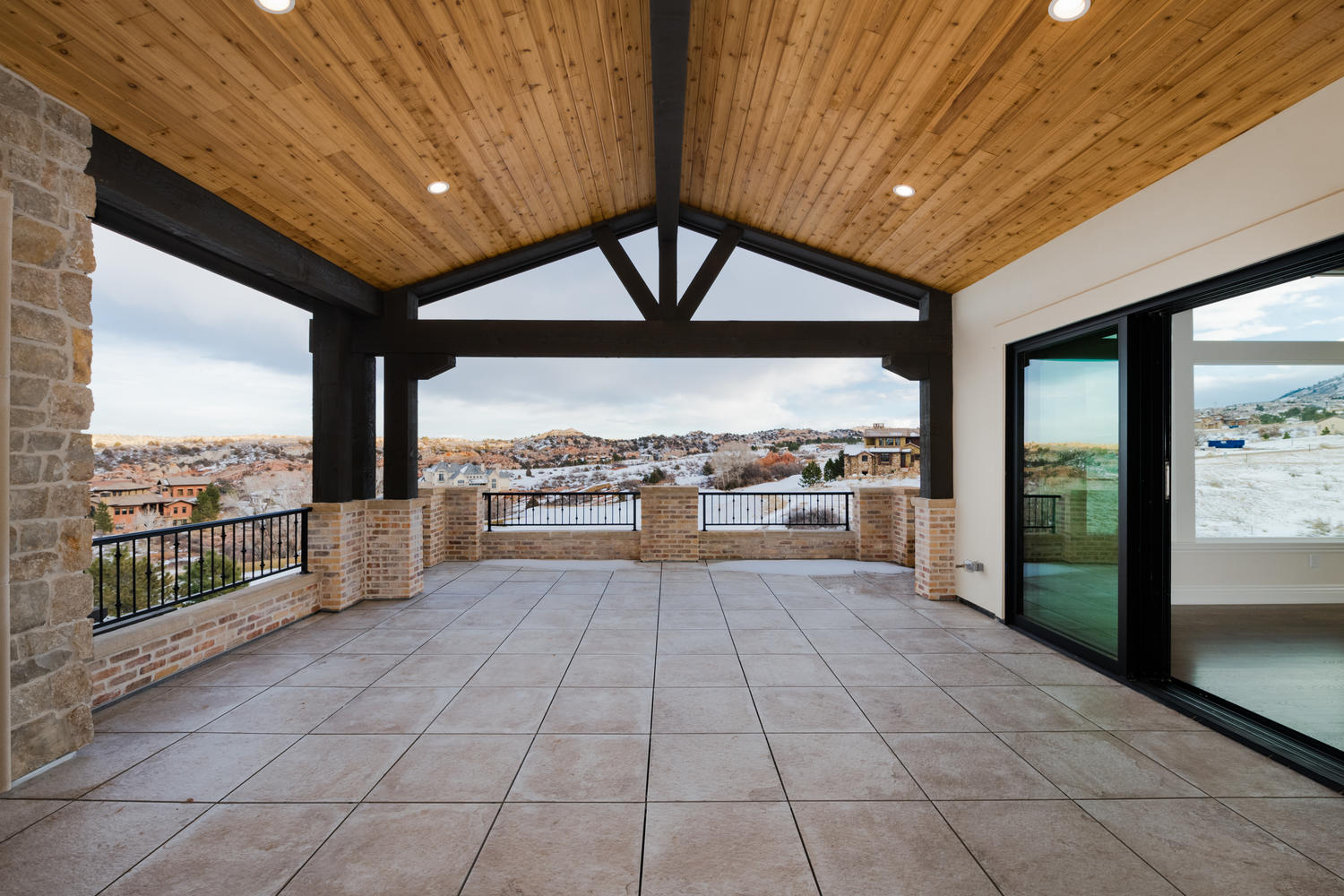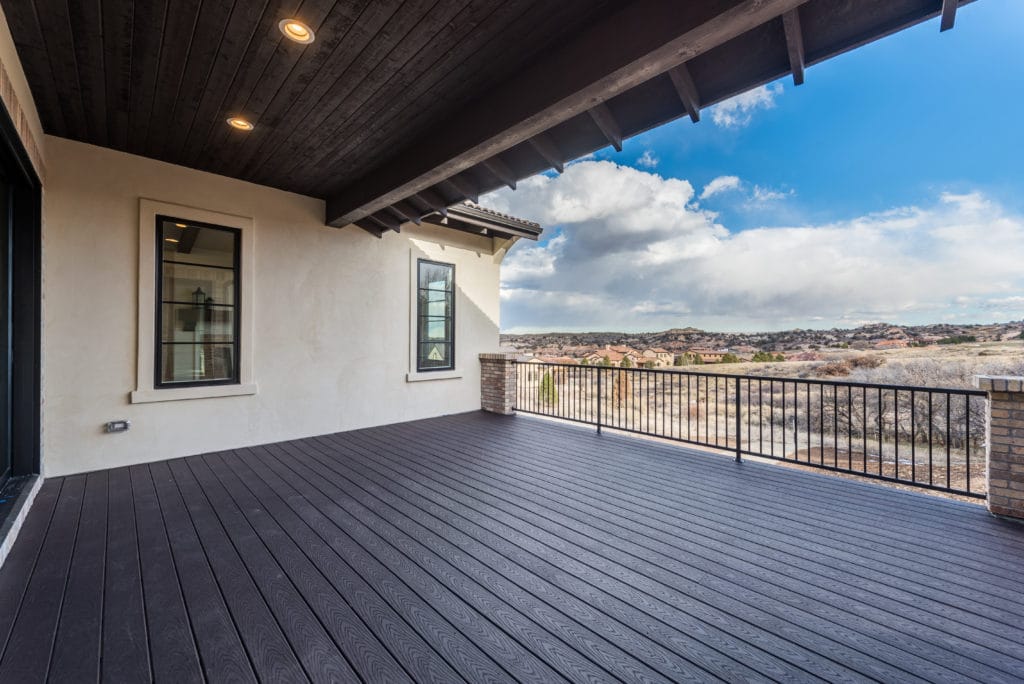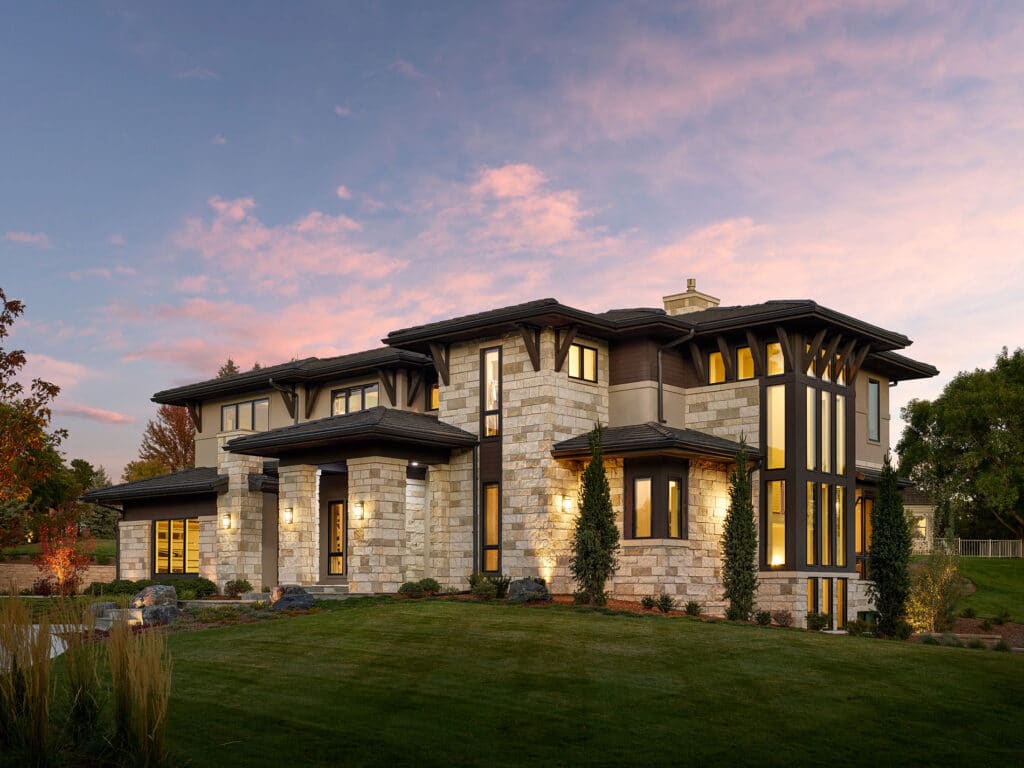- Posts :
Guide To Build Your Custom Home
Building Your Dream Home: An In-Depth Guide
Part 1
You’re in the market for a custom built home, and you might have asked how to build a custom home, but you have no idea where to start. Well we put this 3 part Guide To Build Your Custom Home together just for you! Constructing your dream home from the ground up may seem like an insurmountable task- but fear not! Provided below is a step-by-step guide purpose-built to get you on the path to your ideal home-from conception to creation. Read on.
First Steps In Our Guide To Build Your Custom Home
Whether you have been mulling over the idea of building a custom home for a while or you are in the early stages of planning, use this guide to work step by step to reach your goal.
- Plan a budget.
Determine an “all-in” range you are comfortable with that includes land, land costs and the build. Be sure to account for cost overruns if your design selections choices may exceed the allotted allowance.
- Create a timeline.
Determine how long the project will take, from start to finish and each step from selecting land to hiring a builder, etc.
- Locate your dream property.
Use web resources like Zillow, Redfin, MLS, and other sites to find the property of your dreams. Instead of searching for homes, most real estate websites allow you to filter by lots. You can also narrow down each lot by size, zoning, days on the market, and many other attributes. You can also take a road trip and look for suitable lots in your desired neighborhood or city. Don’t be scared to speak with people in areas that you like- they will be your best resource when evaluating a new neighborhood or region.
Planning Your Custom Home
The vast majority of Americans live in a home someone else designed. You have the opportunity to build your dream home from the ground up to meet your family’s needs. Every feature in your home, from the tiling to the bathroom fixtures should reflect how you live. Here are a few tips for planning and designing your custom home.
Custom Home Design Checklist
-Figure out your desired size.
-Look up city and community bylaws relating to size to ensure your home will meet local requirements. Your builder should research this in the initial estimate.
-How many stories do you want?
-How many and what types of rooms do you need?
-What about your home will reflect your lifestyle?
-Determine layout
-Choose the structural features for each wing of the house
-Pin down your style and design choices
-Make a note of personalized/special features like a rainfall shower or a backyard island.
-Environmentally friendly/power bill saving considerations like solar, insulation, etc.
Find Help from Real Estate Professionals
Unless you are Paul Bunyan, you’re probably not going to build a house on your own. The following list covers all the people you will need to add to your custom home team. We’ve also included questions you should ask prospective team members and other advice for finding your perfect builder.
-Find an architect
-Find a general contractor, or a design-builder that is a one-stop-shop.
-Decide what other professional services you need, like landscapers, interior designers, etc.
During the building process you or your builder will need to manage:
-Insurance
-Inspections
-Payment Issues
-Government Permits
-Landscaping Choices
-Clean Up and Move-in
Part 1: Starting Up
Plan your budget.
Coming up with an accurate budget is vital. Per square foot, new home pricing can range between 100 to 300 dollars, depending on the quality of finish. Until you determine your budget, you will not be able to determine the size, location, and features of your prospective home. If this is your first foray into a construction project, be aware that “Man plans and God laughs.”
This means that no matter how much planning you put in, and how much skill your builder has- delays are possible. Account for that in your budget to ensure that you will not be unduly affected by any hiccups from the weather or inspection bottlenecks.
What to factor into your budget:
Land costs
Local taxes
Engineering and design fees
Construction
Landscaping
Decorating
Furnishing
Contingency budget just in case
Securing Financing
Unless you are among the small group of people who can afford to finance their project in cash, you will probably need to secure financing from a lender. Loans are slightly different for new construction properties, so your best bet is to speak with a lending professional like a loan officer to suss out your options. Often times builders have a list of preferred lenders they regularly work with to ease the process.
Steps to take to get a loan:
-Make sure your credit report is up to date and clear of any issues.
-Shop a builder’s preferred lender list to find the best mortgage rate/construction loan rate.
-Consider your options. Do you want a fixed or variable mortgage? How long should your term be? What loan program, FHA or conventional?
-Evaluate the down payment a builder requires and ensure you can come up with that amount.
Narrow Down Your Timeframe
In most cases, you want to move in ASAP. You can save money on the rent or mortgage payments you are currently making by moving into your new construction home. However, are there any considerations you need to think about when setting your timeframe?
These include:
When will your current home sell or your lease end?
Do your kids need to start school in the fall?
How will inclement weather like snow, rain, and extreme heat affect your move in prospects?
Picking Your Lot
Location will affect your lives just as much as the physical structure of your home. Where you choose to build your new home will also factor into design considerations, for example, in areas with high earthquake risk, you cannot use brick. Different lots will also have different construction costs, usually based on the soils report, which may require structural floors.
When looking at properties, consider the following:
-Lot size
-How close it is to other buildings, neighbors, etc.
-Gradation/slope of the lot
-Direction your home will face if constructed on the site
-Nearby natural areas, like forests, streams, etc.
-Tree cover
-Wild fire risk
-Wind exposure
-Neighborhood aesthetic
-Resource access- phone, cable, water, power, gas, sewage
-Views
Don’t be afraid to ask for help. Professionals like builders, contractors, agents, and architects can give you advice about a given property. Doing your homework and due diligence beforehand will help you avoid any problems later on.
After finding an interesting lot, take some time to research the property.
You can find information online relating to the area’s zoning, nearby septic connections, energy requirements and regulations, and other issues that will affect the construction and the home itself.
Check if the lot is in a historical area or district. If it is, you will likely see additional restrictions regarding the home construction process, as well as how your home will need to look to fit in with the neighborhood. Many prestigious neighborhoods will have a design review committee with uniform rules and must approve of all building and landscaping design plans first.
If your lot is in an area that already has an existing neighborhood, you should look up property values for nearby properties. Try to avoid too much of a disparity between the eventual value of your home and adjacent properties.
Take some time to speak to current residents and neighbors. They can give you an unvarnished view of how life is in that area- all the joys AND the problems. If you have children, do your due diligence regarding the school district- achievement levels, graduation rates, college acceptance, etc. Many resources online provide school ratings.
Read Part 2 To The Guide Here




